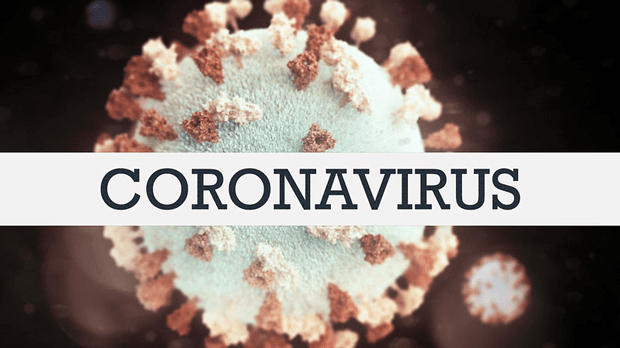
By Mark Oppenheim
We’ve been monitoring COVID-19 news and monitoring how different nonprofits are responding.
Various nonprofit sectors have experienced a range of impacts. Conferences and group meetings are being delayed or cancelled. Nonprofits that provide services where direct contact or travel is required are heavily impacted. Fundraising and earned income streams are taking a hit. Other issues will depend on sector:
Arts, Media and Culture: We are seeing museums closed, performances cancelled, initiatives deferred. In some cases the cost of long planned museum exhibitions and performances by various artists are already locked in, and revenue from ticket sales will never be recovered. Many of these institutions have high fixed costs so there will be a financial hit.
Children & Families: This sector covers a broad group of organizations and services provided in-person and with close human contact. Children seem less affected by COVID-19 and adults more so. We are seeing dialogue about how to support children who might experience negligible symptoms, yet who may transmit the virus to their adult parents, grandparents and other care-givers who may be more impacted by the virus. At this point most nonprofits in this arena are trying to take prudent steps, but it is also recognized that there are no silver-bullet solutions. People are sharing knowledge, trying to be mutually supportive, and readying themselves for what comes.
Education: Most education in this country is provided in group settings in schools and classrooms. To prevent virus transmission to assembled groups, many schools are closing temporarily and where possible moving to distance learning, but not all can do this. There are technical and resource challenges, and many educators are unfamiliar with how online learning works. We expect these skills to develop very quickly. This event might lead to a long-range, fundamental shift in how education is delivered to certain students, and the kinds of education (and cost/revenue structures) that dominate the sector. Younger students require more human contact to learn, and people with less money and less access to key technology will be further disadvantaged in this environment. There could be significant financial strain on the education sector as it seeks to adjust to new realities.
Foundations: Most are not heavily impacted operationally. Certain foundations are starting to discuss how grantmaking priorities might be affected. We have seen no clear direction yet, but questions about how this situation might affect grantmaking are being asked.
Health: Providers across the board are preparing themselves. Hotzones are evolving and today include California, Colorado, Florida, Georgia, Illinois, Massachusetts, New Jersey, New York, Oregon, Texas, Washington. There are clear inadequacies in our preparedness in the USA due to a variety of factors that have been covered in the news, and the entire health sector is moving with great speed to adjust to this threat to human health.
Justice & Poverty: About 12% of Americans live in poverty, and the rate for children, the elderly and people of color is higher. These groups will be most vulnerable to COVID-19 because they can’t afford testing or treatment when available and health insurance coverage for the poor is inadequate. There are too many orgs serving such groups to discuss here. Like health providers, orgs providing services to people in need are preparing to provide services to those who are ill while keeping their employees as safe as possible.
We will update this monthly while the COVID-19 situation evolves.
____
Mark Oppenheim is a nonprofit wonk who runs nonprofit search and media organizations.
mOp-Ed pieces reflect diverse opinions about the nonprofit world and we welcome yours. If you would like to be a guest writer for mOppenheimTV, please contact us for more information
